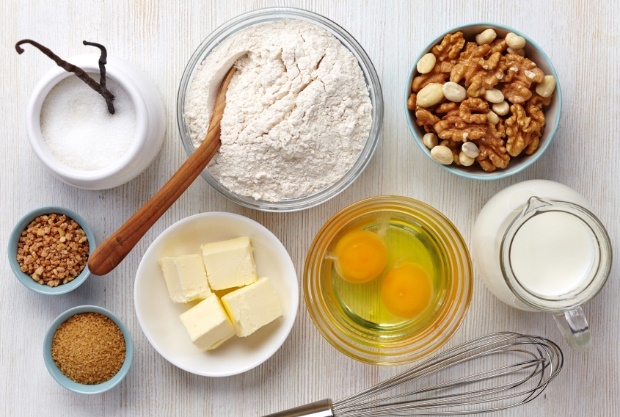Just like a recipe, a lot of ingredients go into a patent application. Even more components are needed depending on the type of patent for which you are applying and if you’re filing a provisional or non-provisional application.
To give you an idea of what’s involved, here is an overview of the application for a patent. But please note that this information is far from inclusive and should not be construed as the official application process.
You should contact us for complete patent application information or the United States Patent and Trademark Office directly.
Patent Application Basics
With all applications for a patent, the general requirements for submitting a patent request to the Director of the United States Patent and Trademark Office are:
- A complete application for the type of patent you are requesting.
- A specification that describes your discovery, new idea, or process idea.
- An oath or declaration from the inventor.
- Drawings of the invention, with several views and descriptions to support the scope of your patent claim.
- The associated filing, application and examination fees.
Provisional versus Non-Provisional Application
A provisional filing allows you to protect your idea by obtaining patent pending status while you work on getting all the particulars together for the formal patent claim. Within 12 months of your provisional filing date, you can then convert your patent pending to a non-provisional patent application.
In addition to the application basics, both a provisional and non-provisional patent application require a cover sheet that declares the inventor’s name (can be more than one) and address; the address for correspondence; the name of the invention; the name and registration number of your patent service, agent, or patent attorney, if one is being used; the docket number assigned by the filer; and, if applicable, the name of the U.S. government and contract number who developed the invention.
The non-provisional application, which is used to apply for a utility patent, also has these additional components:
- A transmittal letter, which outlines the forms included in the application patent filing and the number of pages.
- The application data sheet stating any domestic benefit or international priority claims, and references any related applications, such as a provisional filing.
- An abstract of disclosure or information disclosure statement that summarizes the title and nature of your invention, and whether it involved any government sponsored research or development.
- A brief summary of your idea, process, or new discovery.
- A background of the invention summarizing how the idea came about, its advantages and other pertinent information.
- A detailed description explaining what the idea or process does and distinguishes how it is different from what currently exists.
- An oath or declaration claiming what will be covered by the patent.
- A sequence listing, including tables of data or computer program listings.
- The examination fees.
Application Overview for a Design Patent
A design patent application has a few different components, including a preamble that contains your name, design title, a brief description and its intended use.
As with the non-provisional utility patent application, the submission for a design patent must include at least one claim, drawings and photographs with descriptions, and an oath or declaration.
Application Overview for a Plant Patent
A plant patent application follows the same requirements for a non-provisional patent application, with a few exceptions. They include providing the Latin name of the plant’s class and type, along with its variety denomination.
In addition, the filer must demonstrate that the plant is stable by describing the discovery step and providing the results of asexual reproduction tests to confirm its stability and productivity.
Using a Patent Service for Filing a Patent
There’s no doubt about it, there’s a lot to take in and understand when applying for any type of patent. What’s more, the U.S. Patent and Trademark Office has specific requirements for organizing the order of sections in a patent application and following a preferred layout of information. If not followed precisely, or if information is missing, your application will be rejected.
To avoid delays or a patent rejection, the best route to take when submitting an application for a patent is to work with a patent service. For example, here at Lonestar Patent Services, our comprehensive services cover all stages, from evaluation to development to product launch.
When it’s time to apply for a patent, our U.S. registered patent attorneys have years of expertise in filing provisional and non-provisional patents for utility, design and plant discoveries. We’ll write and file the applicable application to ensure your patent is granted the first time.
Contact us today to get started with protecting your new product, process, or discovery from the competition!


